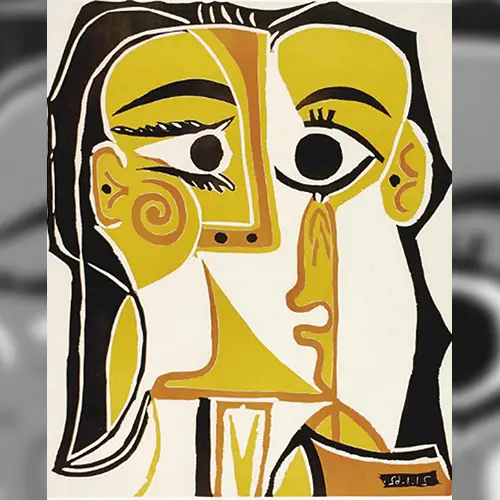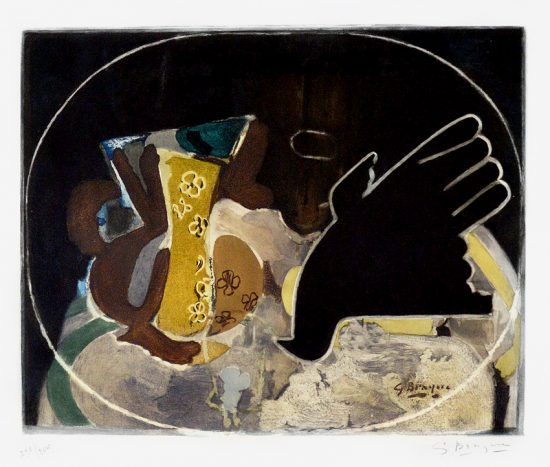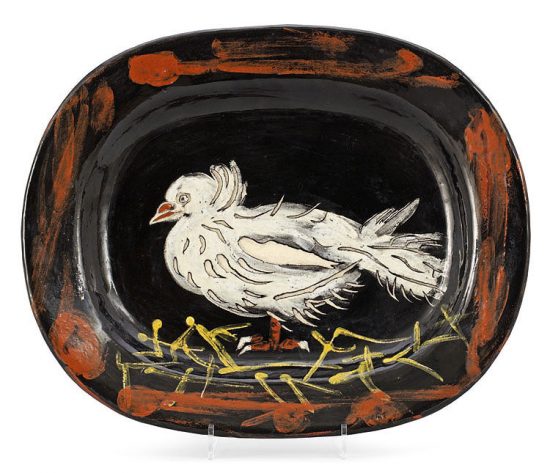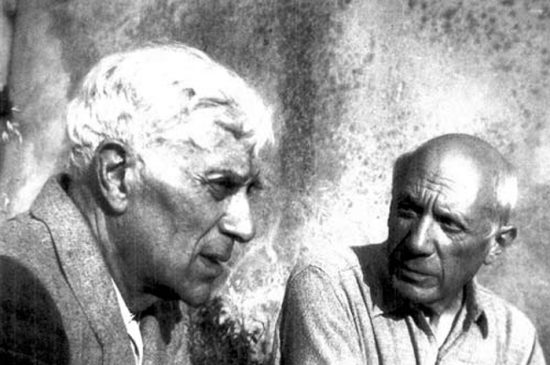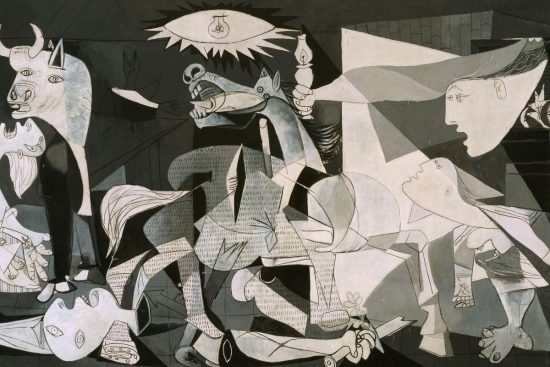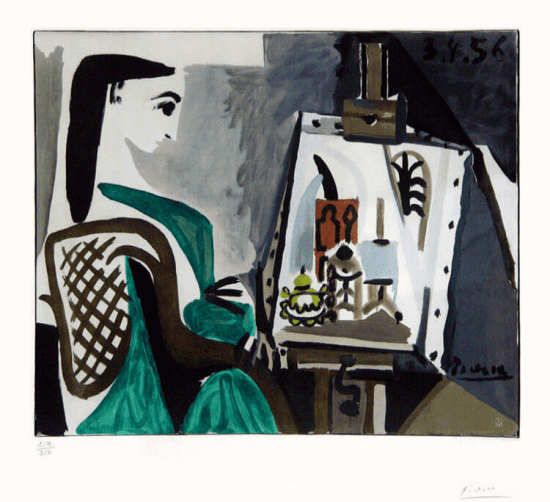In 1937, Pablo Picasso painted arguably the most famous painting of his lifetime, titled Guernica. The massive work is a chaotic and abstract composition responding to the bombing of the Basque town of Guernica by the Nazis during the Spanish Civil War. This work is emotionally intense even to viewers today, and was largely hailed as a proponent of anti-war and anti-fascism sentiment.
Some years later in 1949, after the end of World War II, Picasso was invited to create an image representing peace. He modeled his very first “Dove of Peace” after a naturalistic drawing of a pigeon given to him by Henri Matisse. He later would evolve that design into the simple line drawing that is more recognizable today. This “Dove of Peace” would be chosen to represent the first International Peace Conference in Paris in 1949.

Picasso’s Peace Dove would be something the artist would revisit again and again. The image of the dove in mid-flight has become a symbol synonymous with world peace. Today, Picasso’s La Colombe (Dove) is still associated as the emblem for the World Peace Council. The dove influenced the artist so much he named his daughter Paloma, the Spanish word for dove.
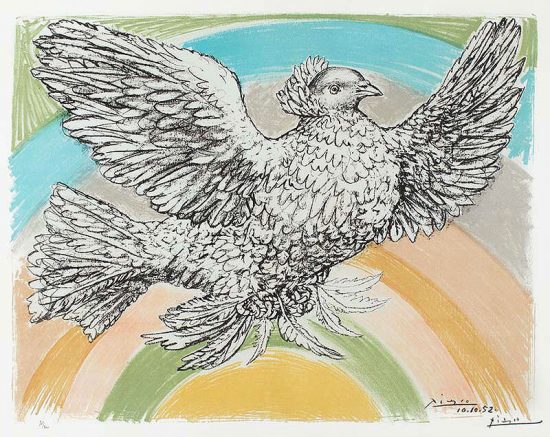
Picasso would create many variations of his original dove design, some more naturalistic, others more abstracted. Colombe Volant (Flying Dove), 1952 for example, is much closer to the original illustration based on Matisse’s pigeon, with its detailed and shaded feathering. This attention to naturalism breathes life into the work and creates the illusion of effortless flight. On the other end of the spectrum are works like Colombe au soleil (Dove with Sun), 1962, which features a simple outline of the form of a dove. Both works display the birds in mid-flight with spread wings, giving a sense of freedom and motion.
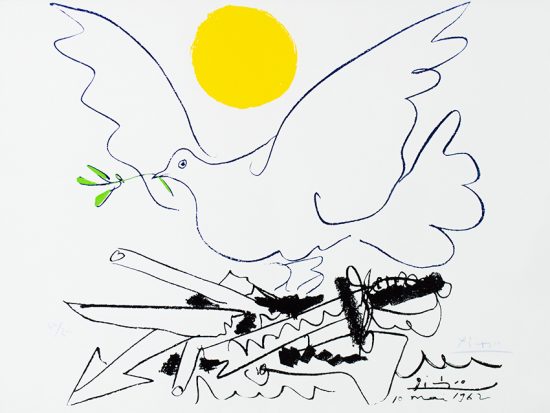
The white dove as a symbol in art is still associated with peace, something that many people do not realize stems from Picasso himself. His choice of a dove, a beautiful yet unassuming bird, to represent something as hopeful and momentous as world peace was a thoughtful one, as the animal brings to mind ideas of freedom and endless possibilities.
Also see:
Pablo Picasso, La colombe bleue (Blue Dove), 1961
Pablo Picasso, Dove Subject, 1959 A.R. 435
Enjoy our fine art collection of Pablo Picasso Birds.


